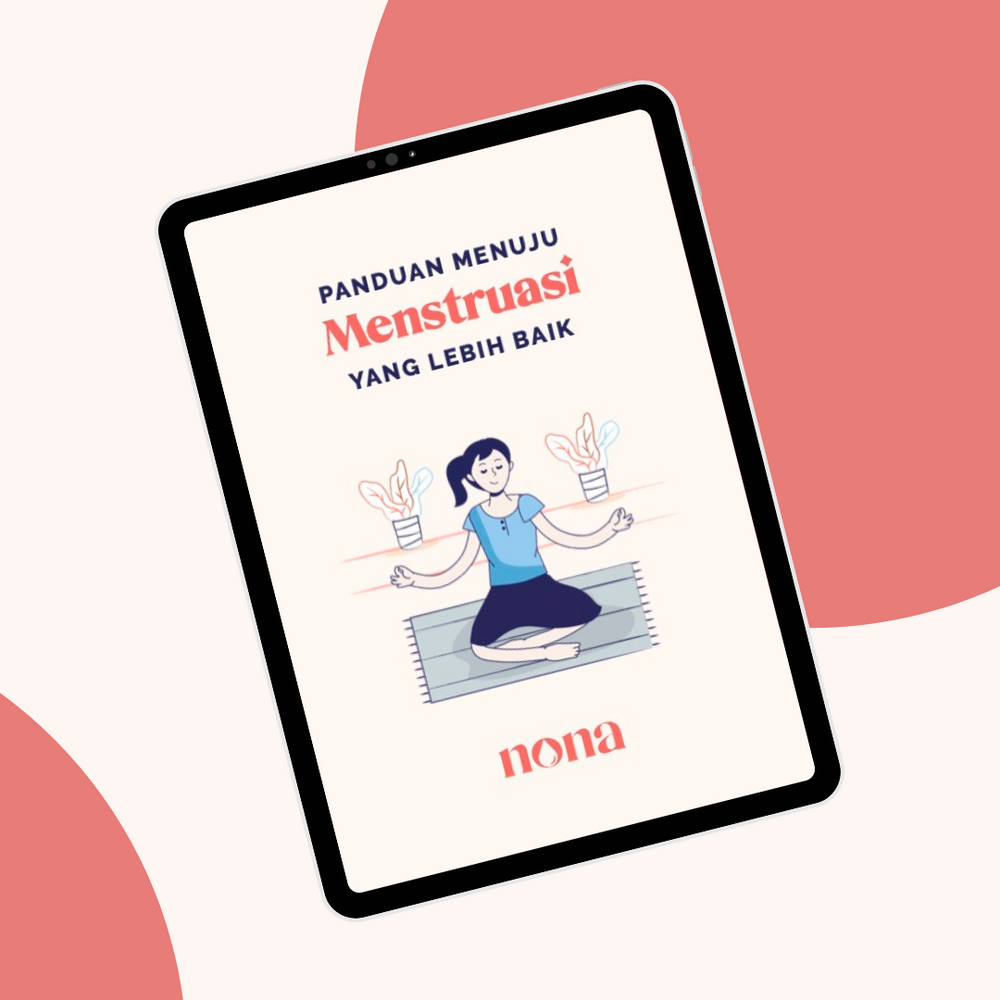The postpartum period is a crucial time for mothers as they recover from childbirth and adjust to their new roles. During this phase, it is essential to prioritize self-care, particularly in terms of managing postpartum bleeding and discomfort. Postpartum pads, also known as maternity pads or sanitary pads, play a vital role in providing comfort, hygiene, and support during this transitional period. In this article, we will explore what postpartum pads are, their benefits, and how they can assist new mothers in their post-birth recovery.
Understanding Postpartum Pads
Postpartum pads are specially designed, highly absorbent pads that are larger and thicker than regular menstrual pads. They are made from soft, breathable materials and provide optimal coverage to manage the heavy bleeding experienced after childbirth. Postpartum pads are designed to absorb and contain lochia, which is a mix of blood, mucus, and uterine tissue that is discharged from the body as the uterus heals.
Benefits of Postpartum Pads
1. Maximum Absorbency: Postpartum bleeding can be heavy initially, and standard menstrual pads may not provide adequate protection. Postpartum pads offer superior absorbency and can handle the increased flow, providing mothers with the confidence and assurance that they are protected.
2. Comfort and Protection: The larger size and thicker design of postpartum pads provide enhanced comfort and protection for new mothers. They help prevent leakage, reduce the risk of staining clothing or bedding, and offer a cushioning effect, minimizing discomfort and irritation.
3. Hygiene and Infection Prevention: Postpartum pads promote good hygiene by effectively absorbing and containing lochia. This helps prevent moisture buildup and reduces the risk of infections, such as postpartum uterine infections or wound complications.
4. Ease of Use: Postpartum pads are designed with convenience in mind. They often have adhesive backing to ensure they stay securely in place, allowing mothers to move freely and engage in daily activities without worry
Choosing the Right Postpartum Pads
When selecting postpartum pads, consider the following factors:
1. Absorbency Level: Look for pads with high absorbency to manage heavy postpartum bleeding effectively. Some pads offer different absorbency options to cater to individual needs.
2. Comfort and Softness: Opt for pads made from soft and breathable materials to minimize irritation and promote comfort. Consider pads with a cottony top layer for added softness.
3. Size and Coverage: Choose pads that provide ample coverage to accommodate the postpartum flow. Look for longer and wider pads to ensure optimal protection.
4. Disposable or Reusable: Decide whether you prefer disposable pads for convenience or reusable pads for a more eco-friendly option. Reusable pads are cost-effective and sustainable in the long run.
Postpartum pads are an essential item for new mothers during their post-birth recovery. With their maximum absorbency, comfort, and hygiene benefits, postpartum pads help mothers manage postpartum bleeding and ensure a clean and comfortable healing process. By choosing the right postpartum pads that meet their individual needs, new mothers can focus on their recovery and bonding with their newborns, knowing that they have the necessary support and protection.
It is important to consult with healthcare professionals for guidance on postpartum care and to address any concerns regarding bleeding, pain, or discomfort during the postpartum period.
References:
- American Pregnancy Association. (2018). Postpartum Bleeding. Retrieved from https://americanpregnancy.org/after-pregnancy/postpartum-bleeding-9085/
- The Royal Women's Hospital. (2021). Postnatal Bleeding. Retrieved from https://www.thewomens.org.au/health-information/pregnancy-and-birth/a-healthy-pregnancy/after-your-baby-is-born/postnatal-bleeding



Leave a comment